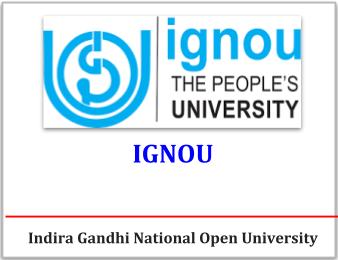(HOT) UPSC Current Affairs 2025 PDF
NEW! The Gist (NOV-2025) | E-BOOKS
IGNOU HISTORY NOTES : Modern India -NORTHERN-WESTERN AND NORTHERN INDIA
Need UPSC Study Notes? Click Here.

IGNOU HISTORY Study Notes for IAS, UPSC Exams
Modern India 1857-1964
NORTHERN-WESTERN AND NORTHERN INDIA
Structure
23.0 Objectives
23.1 Introduction
23.2 Sources
23.3 The Sungas
23.4 The Indo-Greeks
23.5 The Sakas
23.6 The Parthians
23.7 The Kushanas
23.8 Local Powers of North India
23.9 Significance of Contacts between Central Asia and North India
23.9.1 Trade and Technology
23.9 2 Material Remains
23.9.3 Pol~ty
23.9.4 Religion and Art Fonns
23.10 Let Us Sum Up
23.11 Answers to Check Your Progress Exercises
23.0 OBJECTIVES
After reading this unit, you will be able to comprehend :
- political events in India from the close of the Mauryan period to about 300 A.D.
- the assimilation of diverse foreign elements into the mainstream of Indian society.
- the impact of Central Asian contacts in the fields of trade and technology, religion, art and material remains of that period.
23.1 INTRODUCTION
In Block V, you read about the emergence and consolidation of the first empire in India, that of the Mauryas. You read in detail about the political expansion, the polity, the policy of Dhamma as em isaged by Asoka, and finally, the disintegration of the Mauryan Empire. You will recall that the final blow to the last of the Mauryan Kings was rendered by Pushyarnitra Sunga in about 180 B.C. The period which commenced from about 200 B.C. did not wimess
a large empire, 5~t it is historically important as one in which there were widespread cultural contacts with Central Asia, and the assimilation of foreign elements into the Indian society. This period witnessed the emergence of a number of political regions in north and northwestern India. We will take up for our study some of the more prominent dynasties like the Sungas, the Indo-Greeks, the Sakas, the Parthians and the Kushanas. We will also study the cultural contacts in various fields, like trade, technology, art, and religion.
23.2 SOURCES
The political history of this period has to be pieced together by going through different types of sources. For some regions, the Puranic lists of dynasties and rulers become important sources of information. Inscriptional souices are also very important and in some cases, they supplement the information that we get from the Puranas.
For the period immediately succeeding the overthrow of the Mauryas scraps of information are found in such texts as: the Gargi Samhita, the Mahabhashya of Patanjali, the Divyavadana, the Malavikagnimitra of Kalidasa and the Harshacharita of Bana. Evidence of Sunga history comes to us alsb from the inscriptions from Ayodhya, Vidisa and Bharhut.


